One More Step to Go!
We have also sent a verification link to your email ID:
qabuyer@droom.in
Please verify your email account
We were in Almeria, Spain to ride the 2018 Triumph Tiger 1200. Even though we were in a European country, the setting felt oddly American with the large, desert-like landscape. The Tiger barely noticed this, it is the sort of bike that makes the world seem like a small place, it really is a globe-trotter.
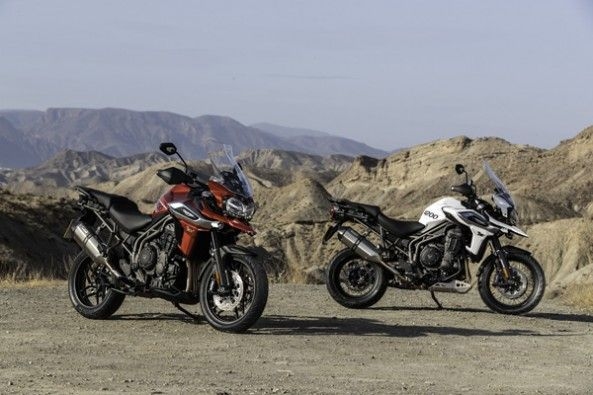
What is It?
Firstly, the Tiger loses its ‘Explorer’ name, it is now just called the ‘Tiger 1200’ instead. The 1200 is available in six trims – four XRs and two XCs. The motorcycle has also shed 2-11kg over the current generation model. The base XR trim has the least reduction in weight while the top-of- the-line XRT trim has had the biggest weight loss.
Making the motorcycle more rider friendly is the new ergonomic setup, the handle is now closer by 20mm and there is also a low seat-height variant, XRX Low. This model has a seat-height of 790mm to 810mm, while the other versions have a seat height of 845mm to 855mm. Other new bits include all-LED lighting with a new adaptive cornering light. The motorcycles are also equipped with a full-colour TFT screen, backlit switchgear, additional rider modes, hill hold control and cornering ABS, that is seen on all versions, except the base XR model. Standard equipment includes an electronic windscreen, seat height adjustment, USB and 12V power sockets and cruise control.
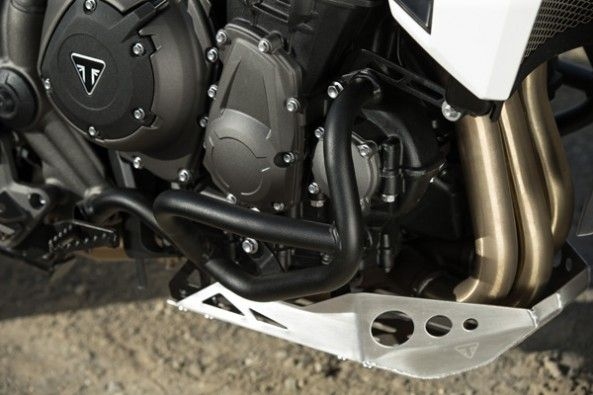
The Performance
The Tiger 1200 gets the same 1,215cc, engine as the outgoing Explorer albeit with a few important updates. The flywheel is now lighter and so is the crankshaft and the magnesium cam cover. The motorcycle also comes standard with an Arrow exhaust (XRT and XCA trims) -this unit is 2.1kg lighter. The unit on the base and mid-level models is also lighter by 315g. Power numbers now stand at 141hp and 122Nm for this model, which means power is up 2hp, while torque is down 1Nm, over the older model.
How Does it Ride?
The handy switchgear on the left side had the joystick to adjust the windscreen. Even though this windscreen had a distorted view, it performed well against heavy wind. Another nice feature is the heated grip, which were easy to activate as well.
One of the nicest changes was how the XRT felt over the outgoing Explorer. The 11kg weight loss, paired with the reworked ergonomics and suspension makes it considerably more agile. The large-sized adventure motorcycle was intimidating, but easy to get a hang of. On the highway, we were constantly cruising at 140kph, which went up to 160kph at times. The three-cylinder engine has the punch when needed but never aggressive like a superbike. The linear power delivery will be loved by enthusiasts, especially the globe-trotters.
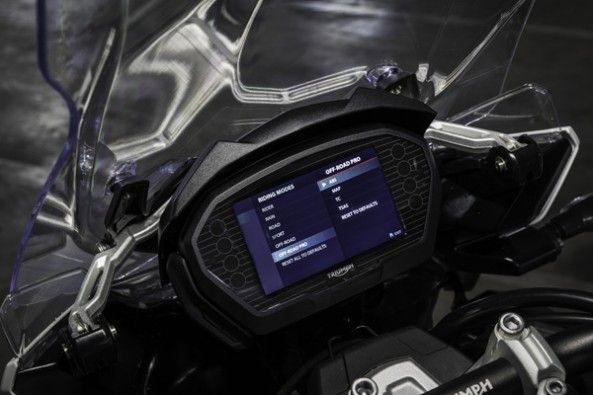
Another talking point of the Tiger is how it shrinks around you. Keep in mind that it always feels large but manoeuvring it through crowded city streets and attacking corners isn’t a scary task at all. On the road, the 1200’s suspension is extremely comfortable, without taking away from its overall agility. The new Multistrada will be the better handler, however, the 1200 won’t disappoint in anyway. The brakes on the Tiger are powerful and progressive – all models get the 305mm, radial-mounted twin-disc with 4-piston Brembo monobloc calipers.
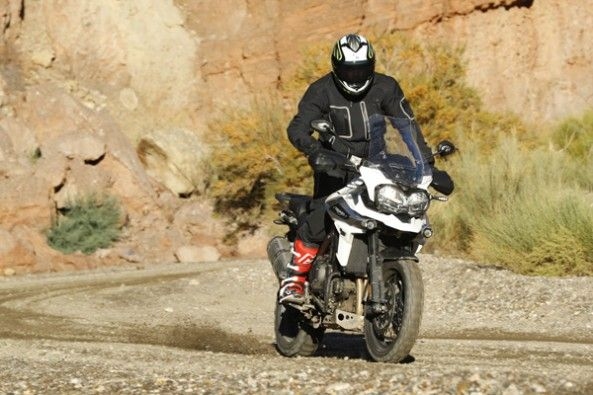
How does it Ride Off the Road?
The new 1200 from Triumph is shockingly potent off the road for a bike of its size. After having ridden the Multistrada Enduro off the road, we could tell that the Triumph felt more at home in the dirt. The linear progressive power delivery works well in low-traction surfaces where one wouldn’t want instant bursts of power.
We also made sure to try out the new Off-road Pro mode, which turns all rider assists off. It’s here where all the new changes shine. It’s a perfect upgrade for those who have had their fair share of experience with smaller adventure motorcycles. While standing and riding, the pegs felt comfortable even for long durations. A taller handlebar on the XCA would have been a welcome addition.

Should I Buy One?
A predictable favourite among the 1200s will be the XRX Low variant. This motorcycle, thanks to its low seat height, will prove to be the bike of choice for those interested in riding only on the road. The current-gen XCX is priced at ₹18.75 lakh (ex-showroom, India), we expect the base XR to be priced at around ₹16.5 lakh. This will make rival the due-for-replacement base Ducati Multistrada. Is it going to be worth the wait? Definitely, considering the smart revisions Triumph has made.

Triumph launched its new hardcore Scrambler 1200 XC in India at Rs 10.73 lakhs, to give chance to the bike enthusiasts to ride.
Read More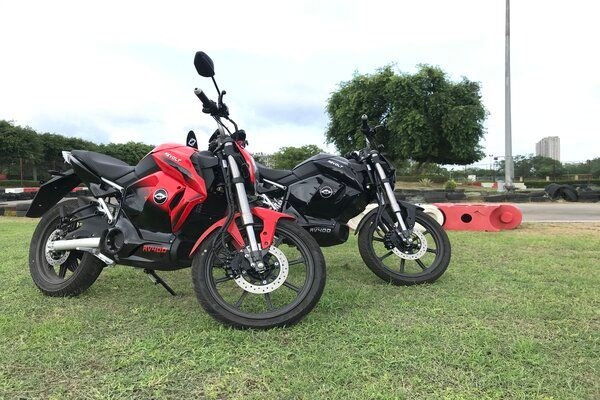
The Revolt RV looks like any other modern-day bike in the market. Revolt has chosen not to give it a conventional electric bike looks.
Read More
Triumph Motorcycles has its strategy sorted for India’s premium motorcycling segment. It is taking a step by step approach and does not mind experimenting with segments.
Read More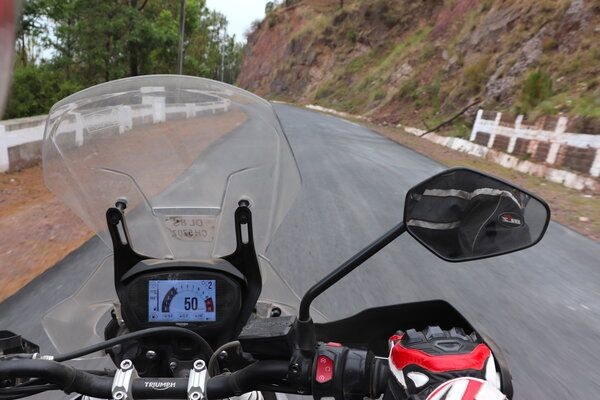
We take Triumph Tiger 800 xRx for a long ride through trails and twisties of Himachal Pradesh. Know how this 800-cc motorcycle performs in the lap of Himalayas.
Read More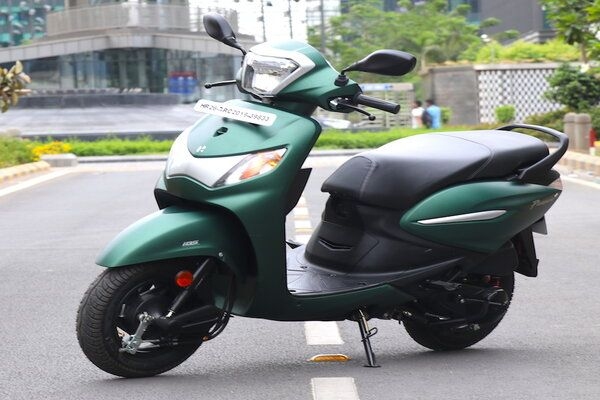
The Pleasure Plus gets an entirely new design theme and an uber retro touch that the new headlamp lends. It is an affordable yet chic looking scooter in its segment.
Read More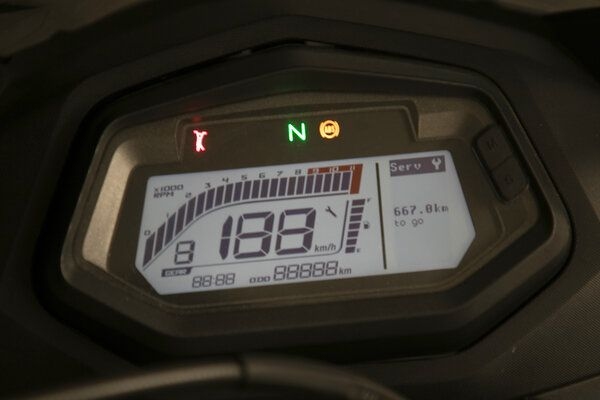
Hero has launched the fully-faired avatar of the Xtreme 200R in the form of Xtreme 200S. We got a chance to ride the same at the Buddh International Circuit and here is what we think about this new bike in the 200-cc club.
Read More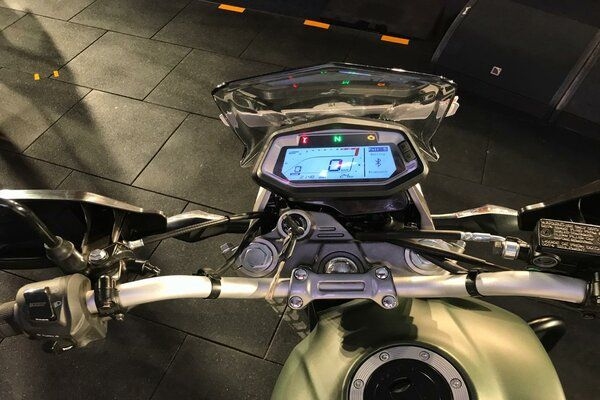
Hero has finally launched the Xpulse 200 and 200T in India. The re-entry of the Xpulse brand in the market has got the buzz going. We explain how the new adventure motorcycles will perform against their much-appreciated rival Royal Enfield Himalayan.
Read More
Droom takes new Jawa 42 out for a spin. Read our detailed review here.
Read More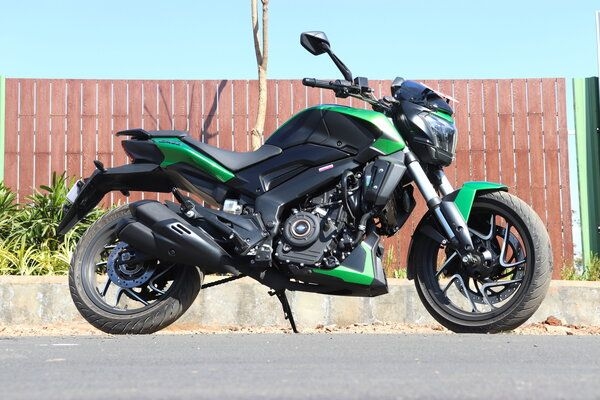
Indian motorcycle manufacturer Bajaj rolls out new Dominar.
Read More
Benelli has launched two new adventure-touring motorcycles in the Indian market
Read More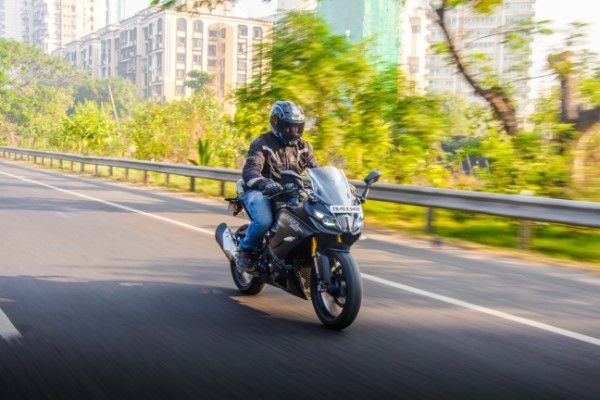
The Apache RR 310 is the flagship motorcycle from TVS.
Read More
The Honda Gold Wing is one of the most popular cruiser motorcycles in the world.
Read More